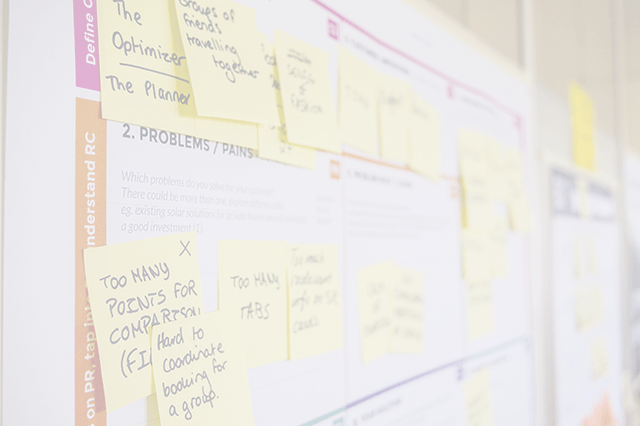How to Get the C-Suite to Support Agile
“I’m not here to experiment. I’m here to get production stacks out the door, and Agile helps us get there.” — Tim Burke, VP of Cloud and Operating System Infrastructure Engineering at Red Hat
Yearly since 2013, Scrum’s certifying body, Scrum Alliance®, sponsors the State of Scrum, a survey of more than 2,000 of their member Agile and Scrum practitioners across 91 countries. The survey data is then analyzed prepared into an annual report. The 2017-2018 report just came out last month and we’ve now had a chance to go through it.
While the numbers were encouraging (particularly the ones that show that once a team or organization becomes Agile, they will almost never go back), one of the most stand-out parts of the report is the short case study on Red Hat Inc.’s adoption of Scrum – a timeless example of how to overcome administrative or executive apprehension about bringing Scrum or any other Agile framework into the mainstream of an organization.
Red Hat, in the business of providing IT product solutions, found itself getting slowed up by traditional “waterfall” structures for building and delivering products to their clients as they got larger. When it came to the implementation of Agile as a solution to this problem, their executive management was concerned that Agile would lead to a loss of control over their ability to deliver.
To overcome this doubt, they implemented a simple approach: use Agile to implement Agile. Instead of rolling out the new paradigm, they integrated Agile methods into their existing waterfall model. Over time, Agile has slowly become the mainstream mindset for work at the company. They focus on how diverse, multinational teams engage and share information, both between themselves and their customers. This emphasizes “individuals and interactions” and “customer collaboration elements of Agile, and is a thoughtful, and focused way of making an organization Agile.
For teams and organizations that are considering following in Red Hat’s footsteps, but like them, find that management is hesitant to commit, there are three things that are always helpful in focusing on when presenting Scrum or any Agile framework for doing work:

1) Delivering Value
This is, and always been, at the heart of the Agile mindset. Any change that you make to how work is done and how your product is built and delivered should always be centered around delivering valuable software that delights your customers. Any conversation with executives should be framed in terms of how Agile helps the team(s) achieve that goal. Through Agile, your aim is to build a relationship with your client that communicates what their most valuable wants and needs are and then allowing the team to self-organize the team’s efforts in delivering on those, early and often.
2) Improving Effectiveness
When clients we work with ask what Scrum is about, we always tell them it’s about building high-performance teams. When you give teams the space, tools, support, and freedom to do a job well, not only are they motivated to do the work, it encourages them to be technically excellent doing it. Combined with a focus on producing a working, shippable product, creating the best outcome for the customer, and being able to do this continuously, will almost inevitably lead to teams that get more work done, get it done faster, and to higher levels of quality.
3) Participate, don’t Inflict.
In one of our blog posts last month, Mark covered the process of how executive management should go about implementing Agile or Scrum by encouraging buy-in from their teams and getting them to collaborate and join them on the journey to becoming an Agile organization. The same principle applies here. As a team, don’t insist that management adopt Scrum for its popularity or how well it may work elsewhere. Not only will it likely create increased resistance, but the organization will never be Agile if managers are not participants in the change, and will collapse as soon as the organization comes up on any difficulties or changes in management.
If you keep these points in mind, although it may take time, you can demonstrate to executives and managers how Agile is good for the organization, their customers, and their teams.
(Image licensed from iStock)

Mark Levison
Mark Levison has been helping Scrum teams and organizations with Agile, Scrum and Kanban style approaches since 2001. From certified scrum master training to custom Agile courses, he has helped well over 8,000 individuals, earning him respect and top rated reviews as one of the pioneers within the industry, as well as a raft of certifications from the ScrumAlliance. Mark has been a speaker at various Agile Conferences for more than 20 years, and is a published Scrum author with eBooks as well as articles on InfoQ.com, ScrumAlliance.org and AgileAlliance.org.
